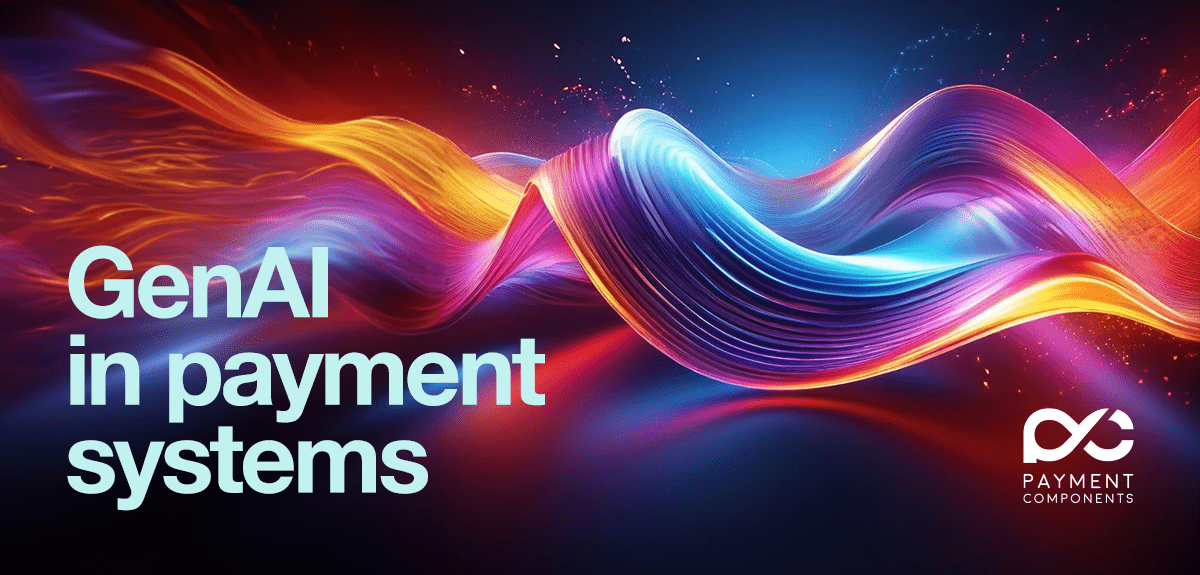Three critical use cases, for Gen AI in Payment Systems
Long gone are the days when the banking industry was considered boring and resistant to change. In the last few years, the financial sector is riding a technological rollercoaster that feels as if it’s speeding up exponentially. In this fast-moving era, not falling behind means quickly embracing new ideas to take advantage of the efficiency, accuracy, and customer satisfaction that the latest technologies offer. Among the latest innovative technologies, Generative AI really stands out, offering never-seen-before capabilities when integrated with Core Banking Systems, Digital Banking Platforms, or payment systems and hubs. By simplifying complex processes, it not only streamlines operations but also provides deep insights, making it an indispensable tool for financial institutions.
Let's explore three critical use cases where Generative AI is making a significant impact: Reporting, Marketing Research, and AML (Anti-Money Laundering) Investigation.
1. Enhancing Reporting
In the field of financial reporting, accuracy and timeliness are essential. Generative AI transforms this area by supporting the generation of comprehensive reports, summarizing huge amounts of transactional data into digestible formats. Traditional reporting methods, often manual and time-consuming, can't keep pace with the volume of data modern payment systems handle. Conversational AI tools step in, to analyze trends, identify anomalies, and produce detailed reports in almost real-time. This not only saves valuable time but also provides financial institutions with immediate insights into their operations, helping them make informed decisions swiftly. This way GenAI manages to reduce cost and increase revenue. It’s so simple.
2. Revolutionizing Marketing Research
Understanding market trends and customer preferences is crucial for tailoring financial products and services. This is why a large part of the budget goes to Marketing and Research. Generative AI tools revolutionize marketing research by processing and analyzing customer transactional data and market trends. It can predict future behaviors, identify new market opportunities, and segment customers based on their transaction history and preferences. This enables payment systems to offer insights on personalized product recommendations, improve customer engagement strategies, and ultimately, drive revenue growth. Generative AI's ability to sift through massive datasets and uncover actionable insights is transforming how financial institutions approach market research.
3. New Era for AML Investigations
Three facts stand for AML investigations. First, they are not optional, they are compliance-necessary. Second, they are critical for identifying and preventing financial crimes. Third, they are stressful and resource-intensive because failing in your AML tasks is not an option. While Generative AI tools are not built specifically for Anti-Money Laundering, they can enhance these processes by analyzing transaction patterns to detect suspicious activities. GenAI can sift through millions of transactions in seconds, identifying patterns and potential layering (Layering refers to moving money from one bank account to another, and even through multiple financial institutions to add layers of legitimate owners. This can obscure the path and prevent the detection of the actual source of the funds, making it harder for authorities to track the initial source of the money), that would take humans significantly longer to uncover. And time in AML is very important, especially in the new era of instant payments. The AML capability not only accelerates the investigation process but also improves accuracy by reducing human error. Also, having this extra help that GenAI offers means that the AML experts will not have to triage the tasks anymore. Generative AI's predictive models can also anticipate future fraudulent schemes, enabling proactive measures. By integrating Generative AI into payment systems, financial institutions can ensure compliance, safeguarding their operations, protecting their customers more effectively, and augmenting their workforce.
Conclusion
Generative AI's integration into core banking and payment systems is a game changer in the financial industry. This is why AI strategy is at the top of the agenda for the largest financial institutions as they are forecasted to double their spending on AI by 2027. Ofcourse there are challenges. Along with the adoption of the new technology generative AI requires a cultural shift within banks, moving towards a more innovative and technology-trusting environment. Generative AI tools made specifically for the banking industry, just like FINaplo.AI embedded into payment hubs like aplonHUB, can prove to be an invaluable assistant to bank officers. Its applications in reporting, in marketing research, and in AML investigations, demonstrate its versatility and potential to significantly enhance operational efficiency and strategic insight for financial institutions.
As financial institutions continue to embrace this technology, we can expect further innovations that will reshape the financial landscape, making services more personalized, secure, and efficient. The future of finance is already here, and powered by AI technology, is driving a new era of growth, innovation, and most of all, a new way of working for banking officers.

